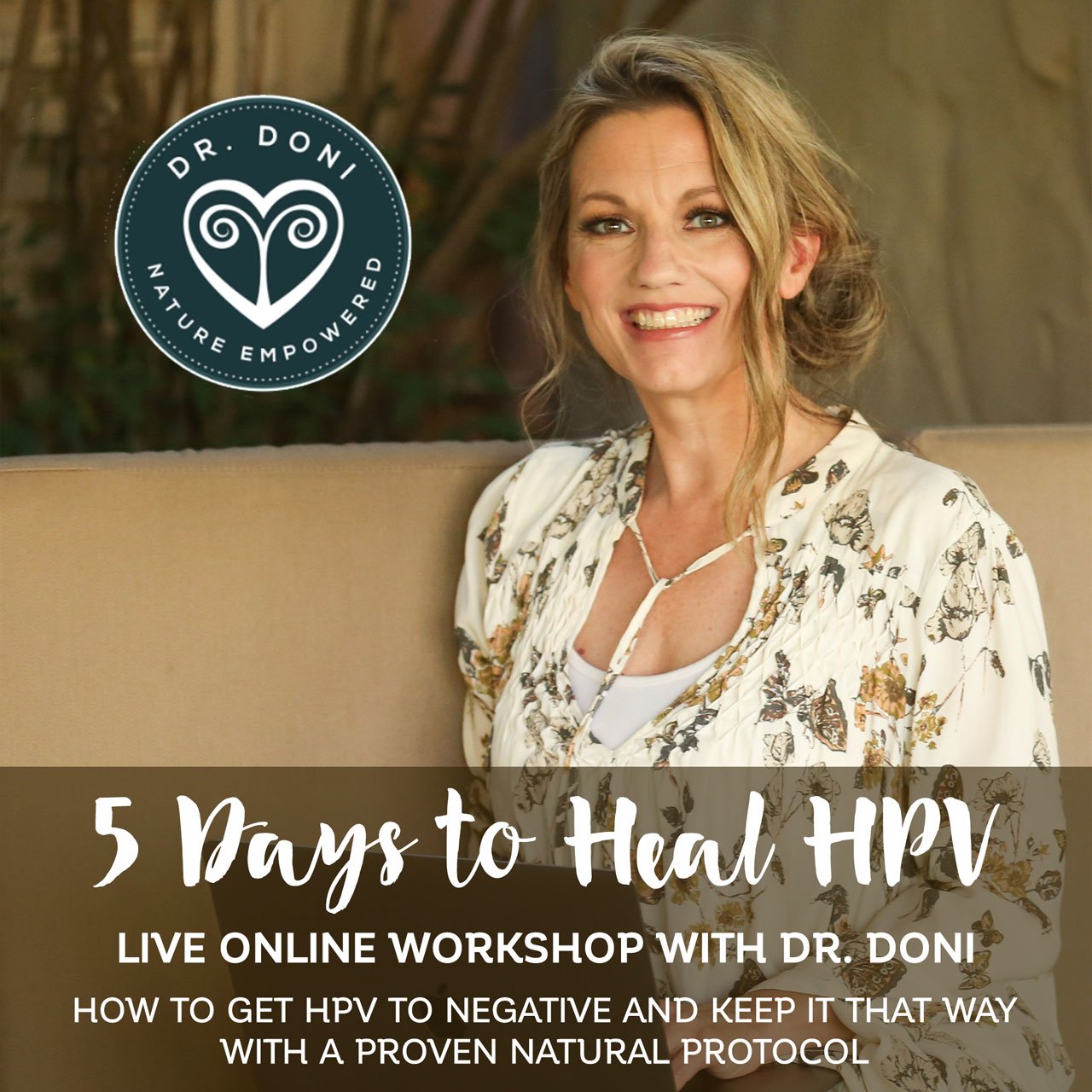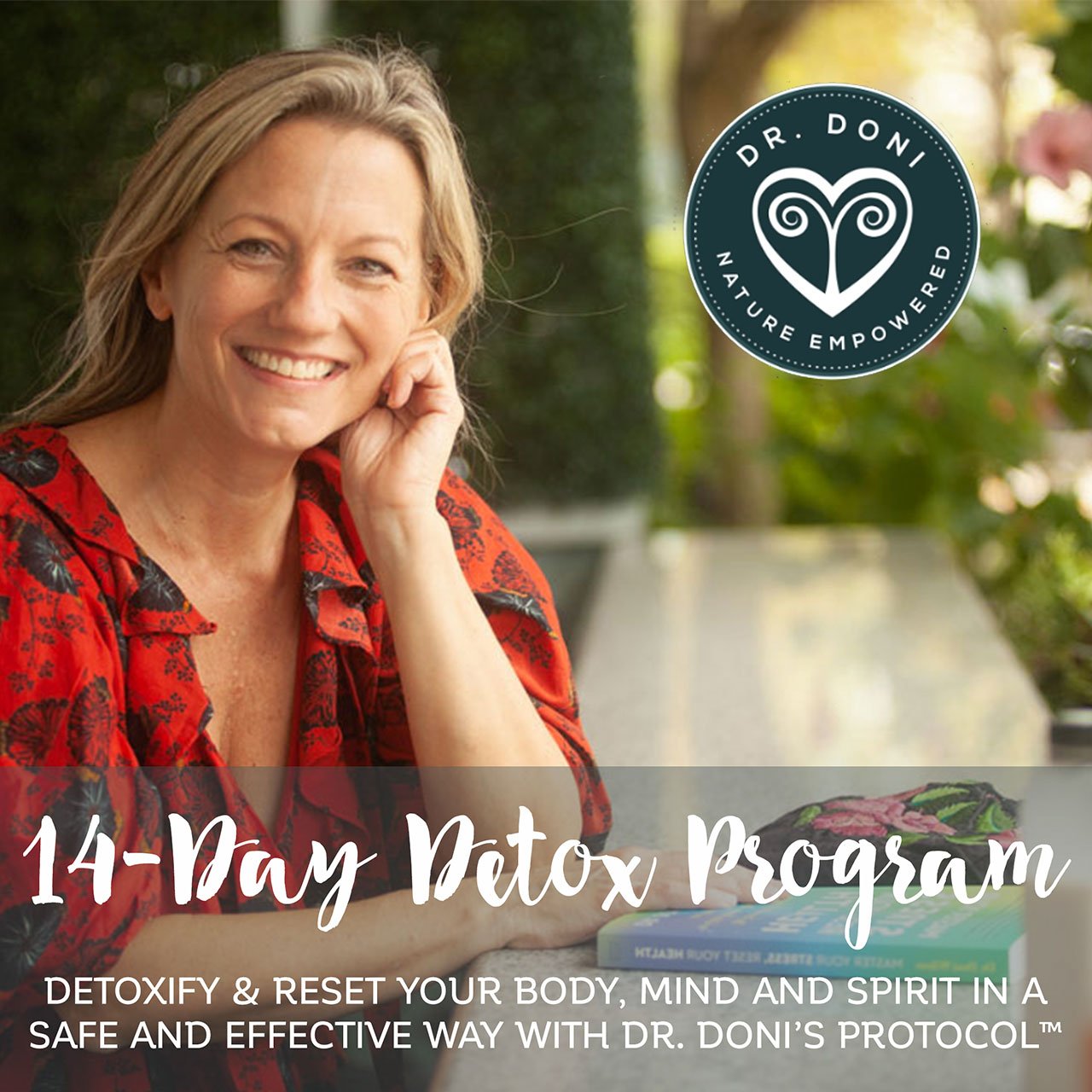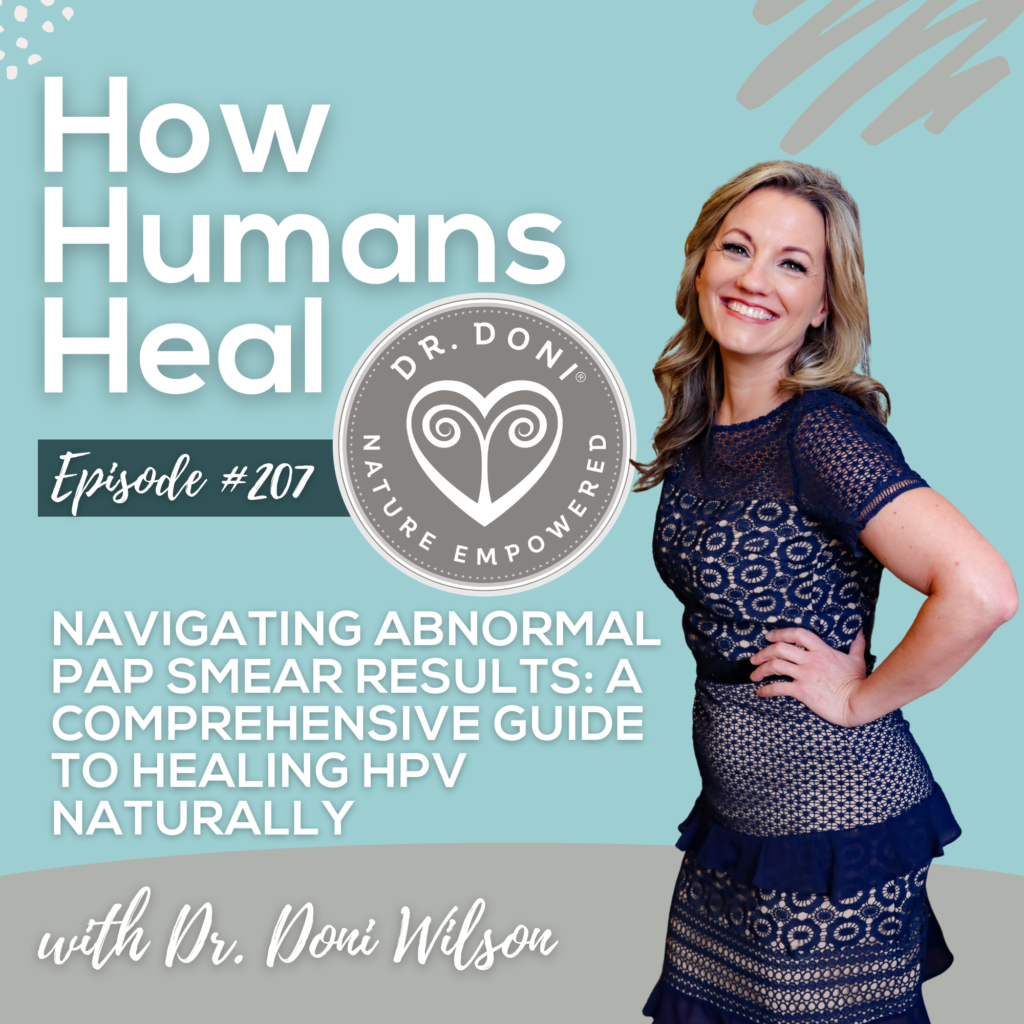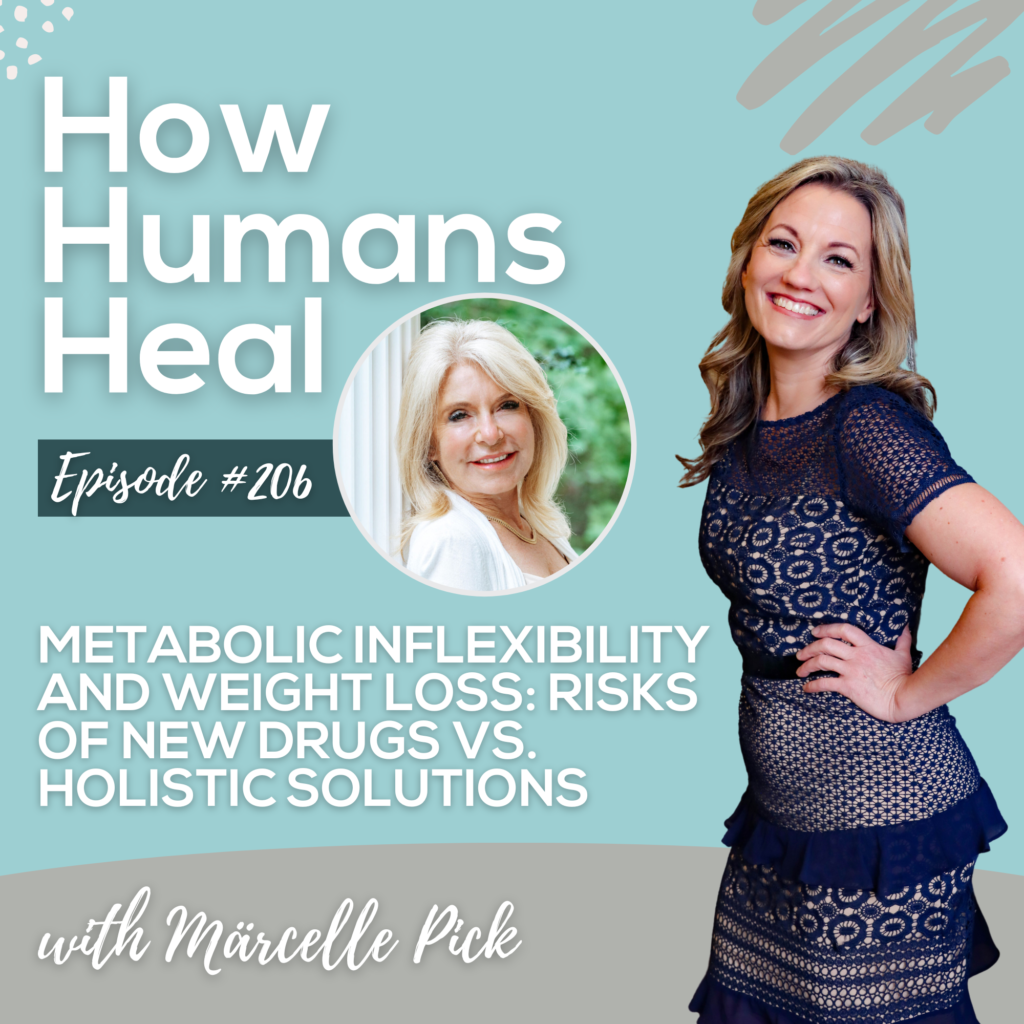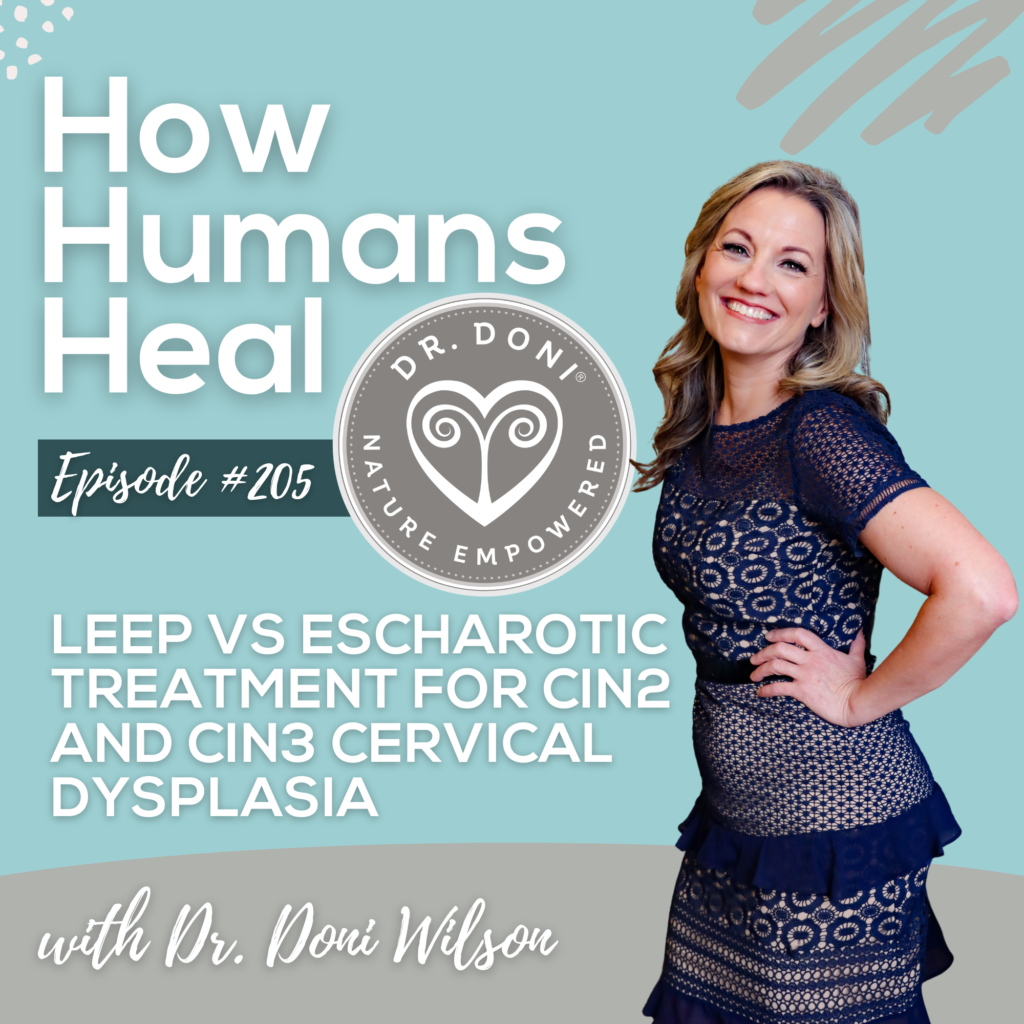
How to Have a Thanksgiving Without Gluten and Dairy
- Home
- Uncategorized
- How to Have a Thanksgiving Without Gluten and Dairy
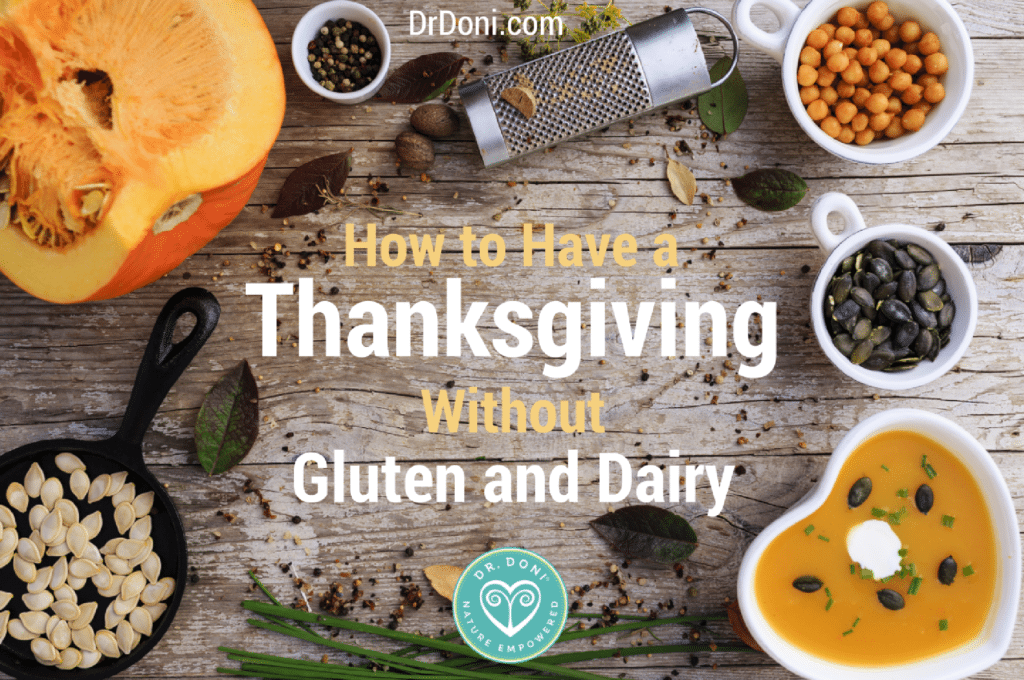
 The thought of Thanksgiving without gluten and dairy may at first seem like the end of the world.
The thought of Thanksgiving without gluten and dairy may at first seem like the end of the world.
Actually, much of Thanksgiving does not involve gluten and dairy – thank goodness!
For example, turkey, sweet potatoes, and vegetables are inherently free of gluten and dairy. Even some stuffing recipes (rice, corn) don’t contain gluten and dairy.
So it might not be as difficult as you originally thought! : )
Some simple steps could be…
- Gravy made with cornstarch or arrowroot instead of wheat flour
- Sweet or white potatoes made with rice/almond/coconut milk instead of cow milk
- Or make the potatoes roasted with onions and olive oil instead of mashed
- Stuffing made with rice, cauliflower or gluten-free bread crumbs instead of wheat bread
One important note is the most people who are intolerant to dairy can have butter. This is because butter is composed of the fats from cow milk, not the sugar (lactose) or protein (whey and casein).
Even pumpkin pie can be made without gluten and dairy with a few relatively simple tweaks. My challenge each year is to make a pumpkin pie that is not only gluten and dairy free, but also egg and sugar free (since my sweetheart is intolerant to eggs and we are both intolerant to sugar/fructose). I did a trial run on the pie yesterday and will post the recipe for you below.
One concern that patients have mentioned is when you are going to someone else’s house for Thanksgiving. Here are a few possibilities I recommend:
- Offer to bring a dish – the one least likely to be gluten, dairy free in a traditional Thanksgiving.
- Navigate through the meal to choose the foods that don’t contain gluten & dairy.
- If you do end up getting exposed to gluten/dairy, then this becomes an opportunity to see how your body responds to them. Notice how you feel for the next few days.
- Take digestive enzymes to help digest the food and any potential allergens. I recommend Similase.
Here are websites I LOVE for finding gluten-free, dairy-free and even egg-free recipes:
One more note about Thanksgiving: The way we traditionally eat Thanksgiving is a huge challenge on our digestion and insulin because the tendency is to load our plates with more food and carbohydrates then we usually eat at any one time.
In fact, I believe that the sleepiness after Thanksgiving dinner, that we usually consider to be associated with serotonin in the turkey, is actually due to eating more food than the digestive enzymes can handle, and raising the blood sugar (glucose) higher then the insulin is ready to transport into the cells.
One thing you could try this Thanksgiving is to modify the way you eat, in terms of time and amount.
Sample Modified Thanksgiving Eating Schedule
Here is a sample menu for the day based on my ideal eating recommendations:
Noon:
Pre-dinner snacks that are 50:50 protein and carbs
2 pm:
1st TG dinner = 3 oz turkey and 1/4 cup roasted sweet potatoes and 1/4 cup steamed veggies
(approximately 200-300 kcal of 50:50 protein and carbs)
5 pm:
2nd TG dinner = 3 oz turkey and 1/2 cup rice stuffing
7 pm:
Dessert! Here’s a great recipe for gluten-free pumpkin pie!
Pumpkin Pie with Nut Pie Crust
Please note that if you need to avoid nuts, use a gluten-free pie crust instead.
PART 1: How to make the nut crust
Ingredients:
- 2 and 1/2 cups walnuts or hazelnuts
- 1 tsp. baking soda
- 1/8 tsp. sea salt
- 2 tbsp. butter, melted (can substitute with ghee, coconut oil, or Earth’s Balance vegan butter)
Instructions:
- Blend nuts, baking soda, and salt in a food processor until finely ground.
- Add the butter to the mixture, and pulse until butter is mixed in.
- Scrape the batter into a 9-inch tar or pie pan.
- Use a spatula and/or your fingers to smooth the batter over the bottom and up the sides of the pan. It works better to spread the batter thinner across the bottom of the pan and thicker around the edges of the crust.
- Place the pan on a cookie sheet (to keep the bottom from burning) and bake for 15 minutes at 350 degrees F. Remove promptly from oven, so it doesn’t get too dark.
- While crust is baking, make the pumpkin pie filling.
PART 2: How to make the pie filling
Ingredients:
- 1 15-ounce can of pumpkin
- 1 cup canned coconut milk
- 1 tsp. vanilla extract
- 1/4 tsp. ground cloves
- 1/2 tsp. cinnamon
- 1/2 tsp. ground nutmeg
- 1/4 tsp. ground ginger
- 1/4 tsp. ground cardamom
- Pinch of sea salt
- 3 tbsp. maple syrup
- 1 tbsp. arrowroot powder
- 3 eggs, whisked – For those with egg reactions, replace with EnerG egg replacer or gelatin
Instructions:
- Mix together all ingredients, and blend with cake beater or whisk until smooth.
- Pour mixture into the pre-baked crust.
- Be careful not to overfill the crust. You might have a little bit of the pumpkin mixture left over.
- Bake for 50 minutes at 350 degrees F.
- You will know the pie is ready to be taken out of the oven when the center is almost firm, and jiggles only a tiny bit if you shake the pan.
- Let the pie cool completely before cutting into it.
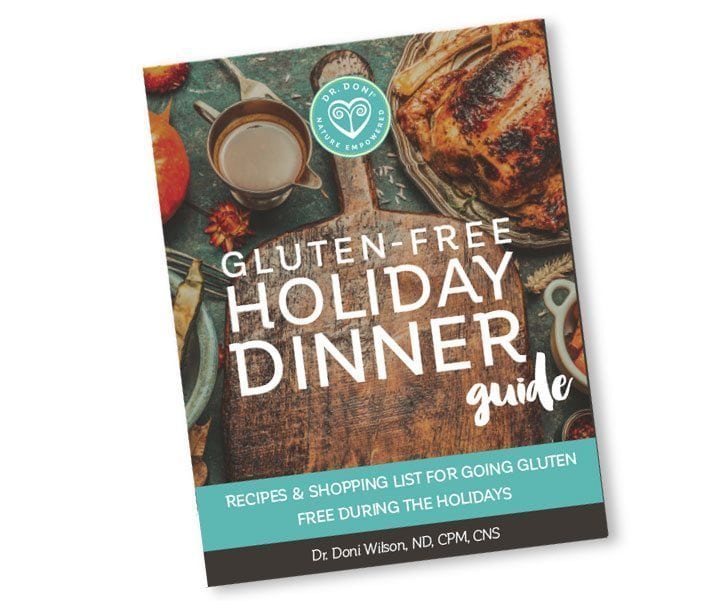 I recommend that you serve it with a dollop of coconut whipped cream. I have that recipe in my new Gluten-Free Holiday Dinner Guide –along with the pumpkin pie recipe above. It’s a free download, and not only is it filled with holiday recipes, but it also has a convenient shopping list to make your dinner plans simple and healthy.
I recommend that you serve it with a dollop of coconut whipped cream. I have that recipe in my new Gluten-Free Holiday Dinner Guide –along with the pumpkin pie recipe above. It’s a free download, and not only is it filled with holiday recipes, but it also has a convenient shopping list to make your dinner plans simple and healthy.
I hope you and your family have a lovely Thanksgiving!
–Dr. Doni
Share this Post:
Dr. Doni Wilson's Team
14 Day Detox Program
Take the Stress Type Quiz
Dr. Doni Social Media
Popular Posts

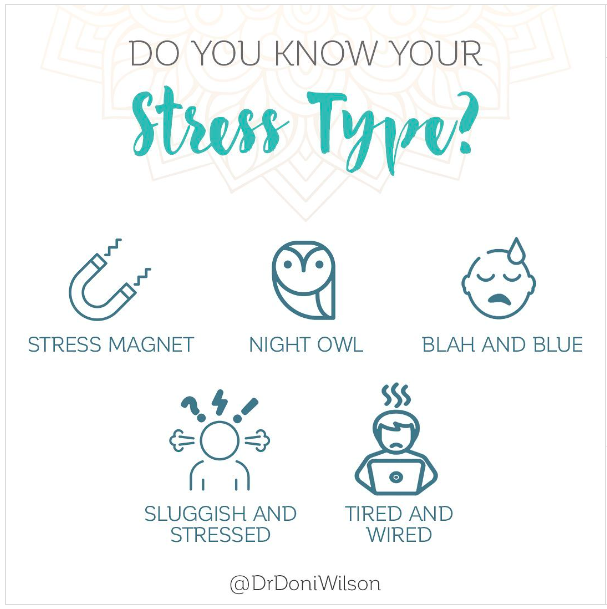
The 5 Burnout Types

Healing HPV Holistically: Dr. Doni on the Inspire Health by Jen Podcast
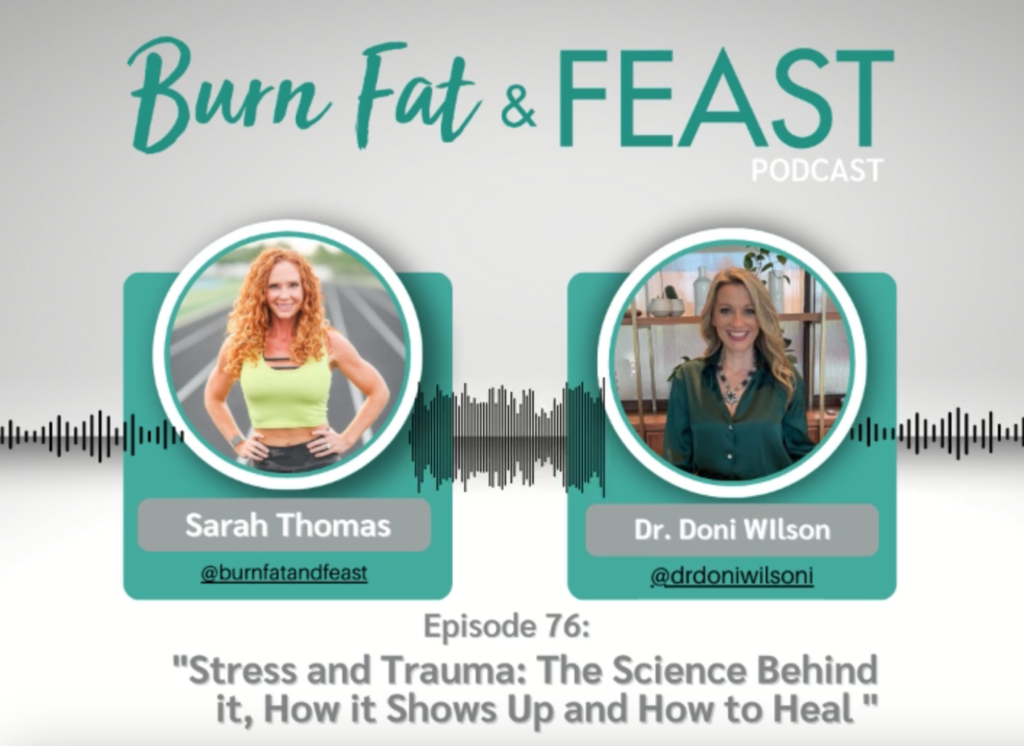
Recent Podcasts
Signup to receive our weekly newsletter with all the latest news, podcasts and special offers
New Book - Order Today!
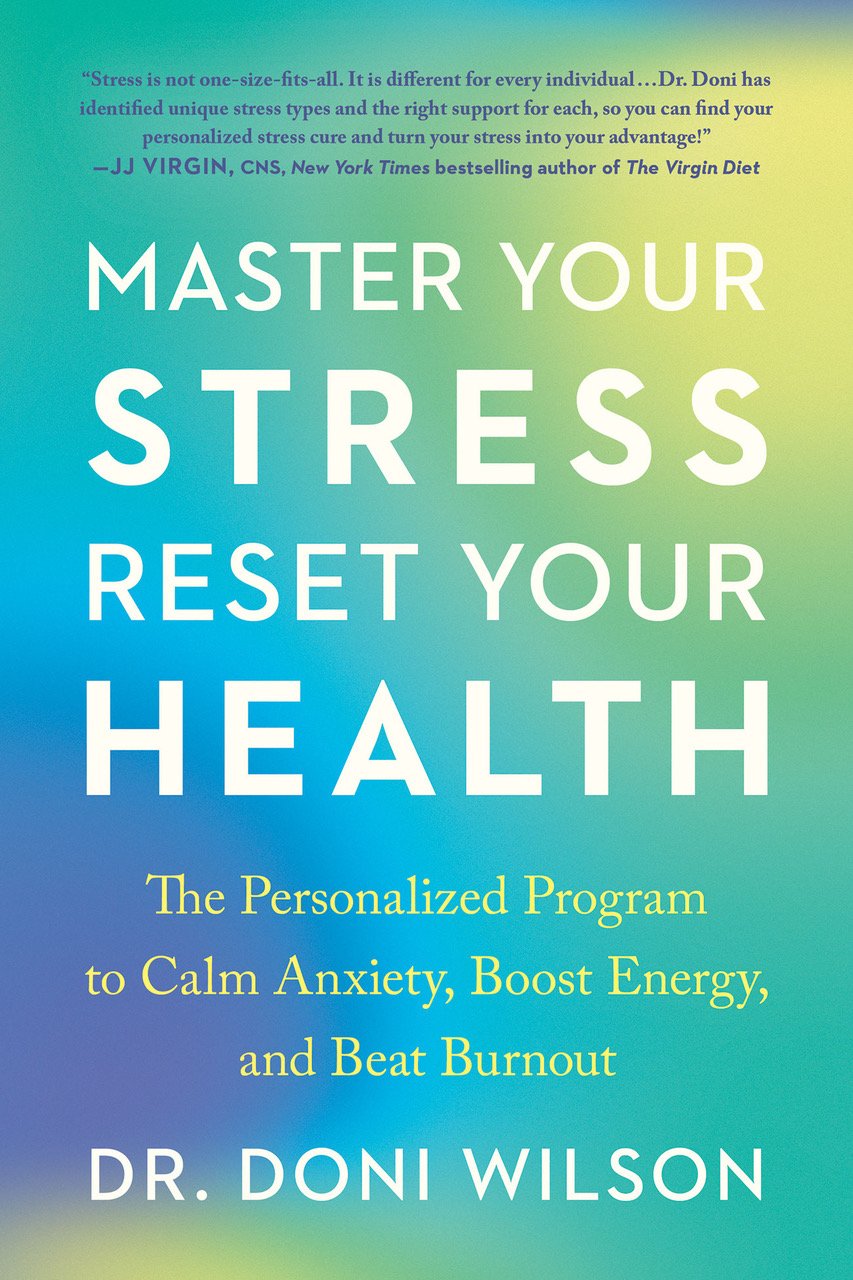
SIMPLE PRACTICES for SHIFTING FROM YOUR STATE of STRESS to YOUR FLOW and FREEDOM
MASTER YOUR STRESS
RESET YOUR HEALTH
Order Now! Related Posts

What is making you susceptible to HPV?
I have been working with women who had abnormal cells on their cervix and/or vaginally, caused by HPV for over 20 years now. And while

The 5 Burnout Types
Did you know there are 5 burnout types? They are based on your Stress Type®, which is how your adrenal function has been affected by
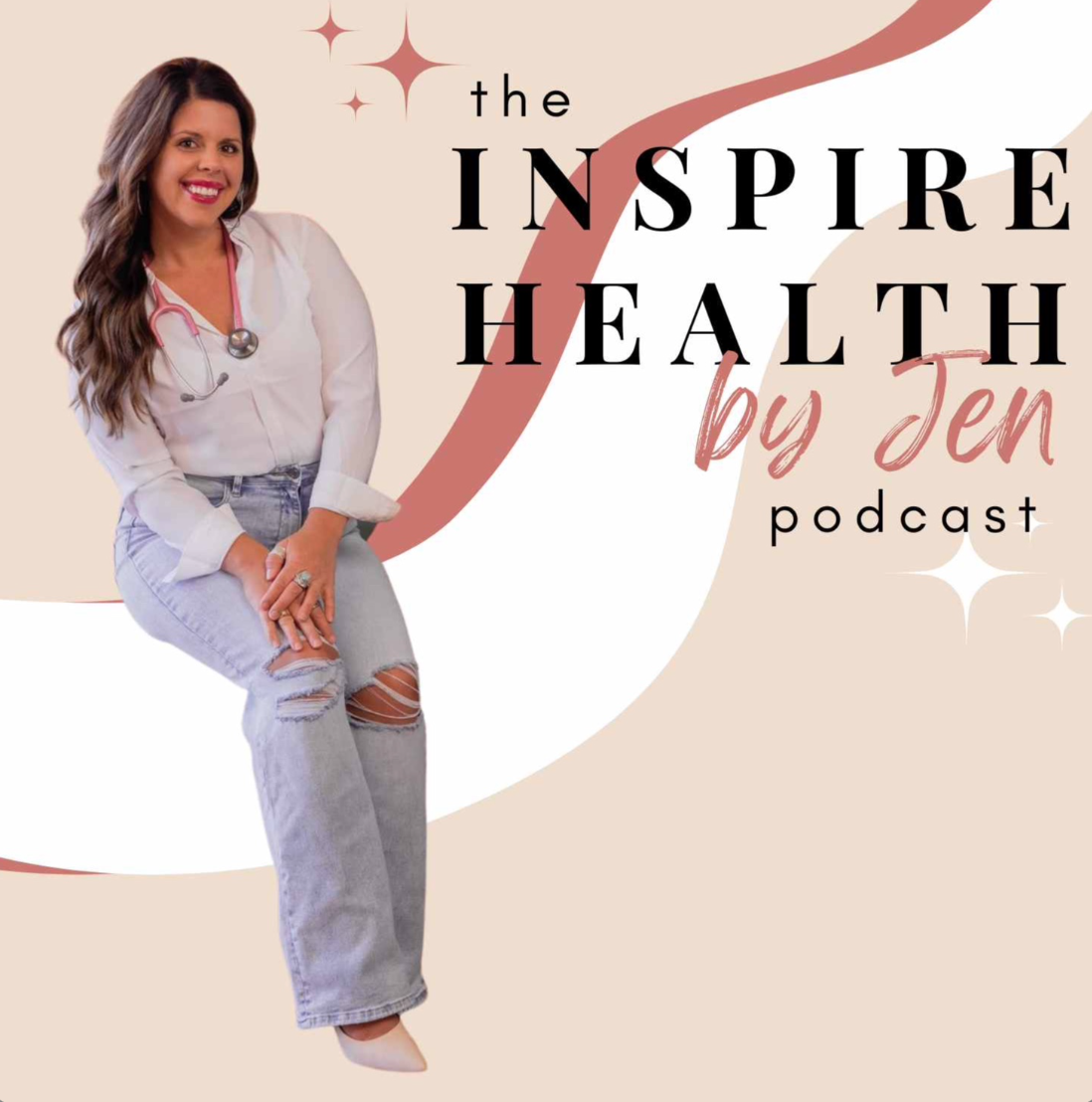
Healing HPV Holistically: Dr. Doni on the Inspire Health by Jen Podcast
Dr. Doni was interviewed by Jen Ciszewski on the Inspire Health by Jen Podcast, talking about how to heal away HPV from your body for good.

Stress and Trauma: The Science Behind It, How It Shows Up and How to Heal: Dr. Doni on The Burn Fat and FEAST Podcast
Dr. Doni was interviewed by Sarah B. Thomas on the Burn Fat and FEAST Podcast, talking about the impact of stress and trauma on our health and what to do to recover from them.

